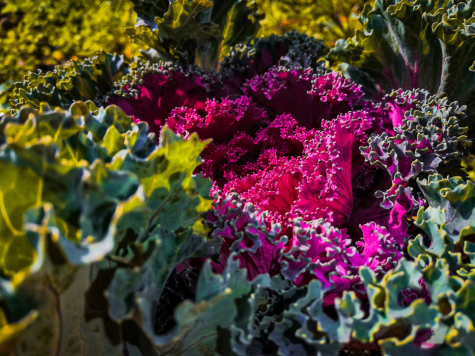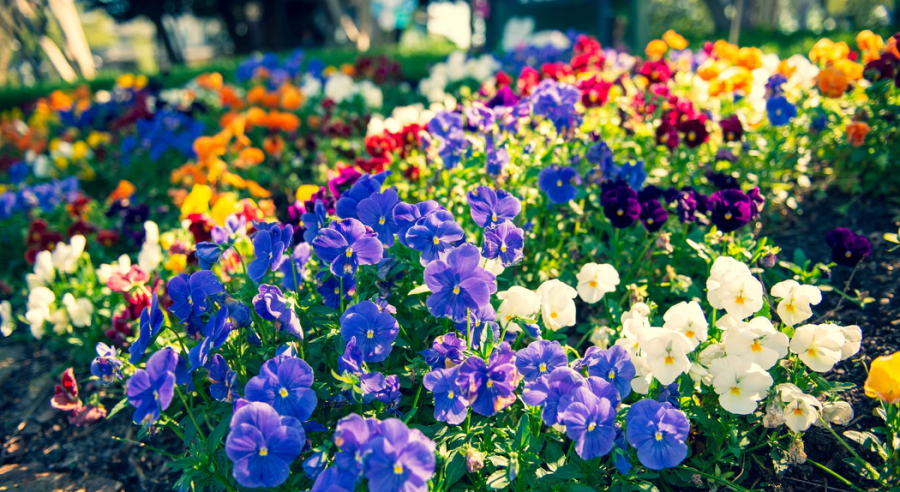The Dirt on Winter Gardening
A local expert offers tips for keeping plants alive during the coldest time of the year.
Feb 6, 2021
For many people, the winter months can be lengthy and lonely, especially during a pandemic. Many try to find comfort in creating bright and cheerful gardens, but those attempts go wrong more times than they go right. With the harsh winter weather, plants are faced with many different challenges. To learn how to create the perfect winter garden, I sat down with Preston Dumont, a 2020 graduate of Louisiana State University’s School of Plant, Soil, and Environmental Science and now a manager at Pike Nurseries on Holcomb Bridge in Alpharetta.
Madison Roberts: What qualities make a plant able to survive freezing temperatures?
Preston Dumont: Genetics! Plants that survive freezing temperatures were either bred to do so or evolved the ability by means of natural selection. A lot of plants that enjoy the heat often shed their leaves during these winter months, but the cold temperatures are vital for their offspring. As these plants go dormant, their seeds have already been shed in the season prior and need the constant cold weather to be able to germinate in the spring. Cool season vegetables like the cabbage family (Brassicaceae) were domesticated because of their nutritional value and ease of growing in cool temperatures. This family really only consists of a single species, Brassica Oleracea, which is the true name of cabbage, bok choy, broccoli, cauliflower, brussel sprouts, and more.
MR: Which plants are best for adding color to your garden in the winter?
PD: The cabbage family! Ornamental cabbages, kales, mustards, and other ornamental (i.e. not edible) vegetables make for great splashes of purple and greens in between patches of pansies.
MR: Speaking of pansies, when should those be planted?
PD: Pansies should be planted when the summer has fully cooled off (Late October or November).
MR: What herbs and vegetables survive in the winter?
PD: Cabbage family, potatoes, lettuce, collards, onion, beets, arugula. So many. And for herbs, same thing: oregano, thyme, green onion.
 MR: What perennial plants or shrubs are best when planted in the winter?
MR: What perennial plants or shrubs are best when planted in the winter?
PD: In the winter time, most woody plants can still be planted, even the dormant ones. Sometimes, precautions need to be taken to keep them from taking any cold damage or freezing injury.
MR: How can you protect your plants from freezing temperatures?
PD: You can protect plants from freezing in a multitude of ways. Most of them involve trapping heat with the plant, such as a greenhouse, a cold frame, or using frost cloth (fabric that can be placed over plants). Heaters can also be used, if necessary. Moreover, plants should be watered just before a freeze because the water insulates the roots as it freezes and protects them from damage.
MR: When should most spring bulbs be planted?
PD: Spring blooming bulbs should be planted in September or October, but summer blooming bulbs should be planted after the danger of frost has passed.
MR: How can people learn more about horticulture and gardening?
PD: Your local extension office. Everything I said here is probably published on UGA’s extension webpage or your county’s agriculture extension page.
Well, there you have it! The full scoop on winter gardening from an expert. With these tips, you’ll be able to pick the plants that can survive the winter so you don’t end up with dead plants three weeks after they’ve been planted. Now go ahead and buy some plants, get a shovel, and start making your own perfect garden.




